
5 Easy Steps to Eco-Friendly Lawn Care
Maintaining a natural lawn care regimen is easier than you think
Maintaining a gorgeous, green lawn is hard enough for the average homeowner. Between soil tests, grass varieties and fertilizing schedules, it is tempting to break down and find a lawn care service to do it all for you. But if you have read any article or blog with the word "organic" in the headline recently, you know that chemicals found in pesticides, fertilizers and other staples of lawn care are damaging to our grass, our water systems and our environment.
It makes sense to go green with your lawn care. Organic lawn maintenance saves time, money and our ecosystem. And there are natural, eco-friendly solutions to almost every major lawn care problem homeowners face. Here are a few simple, time and money-saving tips to practicing eco-friendly lawn care right in your entire yard.
Repurpose natural materials
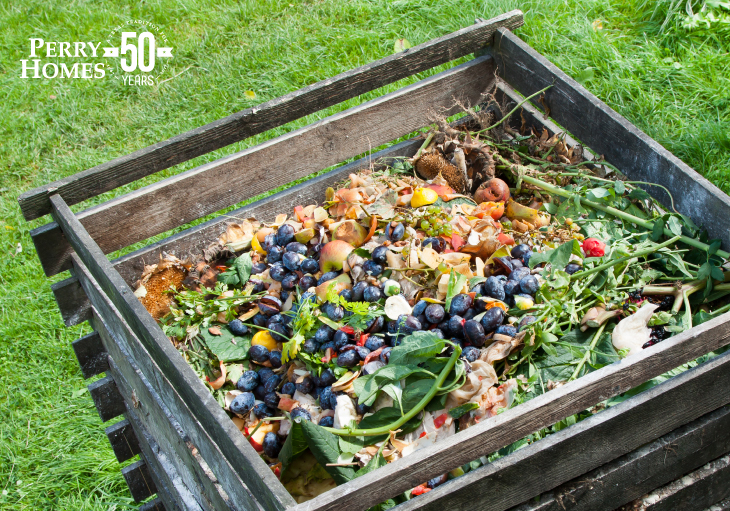
Eco-friendly lawn enthusiasts, it is time to embrace composting—you knew you were not getting through a blog about organic lawn maintenance without discussing composting, right? Sure, it seems kind of gross and composter have a certain reputation in our society, but the benefits it brings to your lawn and garden cannot be denied.
Compost enriches soil, helping it retain moisture and ward off pests and diseases, and it lowers your carbon footprint. Plus, it will cut way down on your family’s trash production. If you are committed and have the space, you can create a backyard compost pile; if this is not feasible for you, hardware stores carry special compost bins for indoor and outdoor use.
Pro tip: Use compost in the fall, not summer, as it raises the temperature of soil and could dry out your lawn in the summer months.
Learn about using composting as a means of creating your own vegetable garden.
Use water efficiently
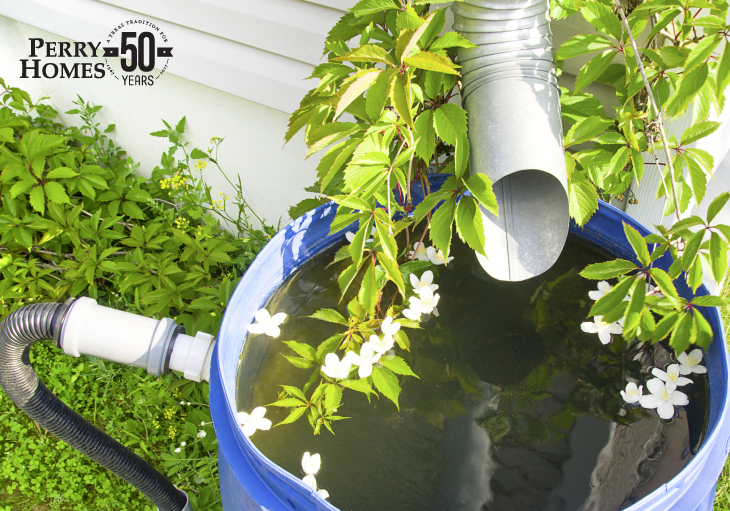
Lawn care requires a lot of water; there is no getting around that fact. But to be eco-friendly is to conserve as much water as possible in our day-to-day lives. This means watering your lawn efficiently and effectively.
The most effective method of watering your lawn is to water deeply, but infrequently. With this system you might only water your lawn every two weeks, but the duration of the session allows water to penetrate six inches into the soil. This encourages the root system of your grass to grow longer and deeper to reach its water source, which will come in handy in times of drought. You can also water efficiently by watering in the morning and using an automated system to keep your sessions consistent.
You can also conserve water by taking advantage of a previously untapped natural source: rainwater. Regardless of how often it rains in your region, collecting rainwater in a barrel allows you to build up a free store of recycled water. Your rain barrel should have a spigot on it for easy access. You can even attach an irrigation hose to the spigot for easy watering!
Let your grass grow, baby
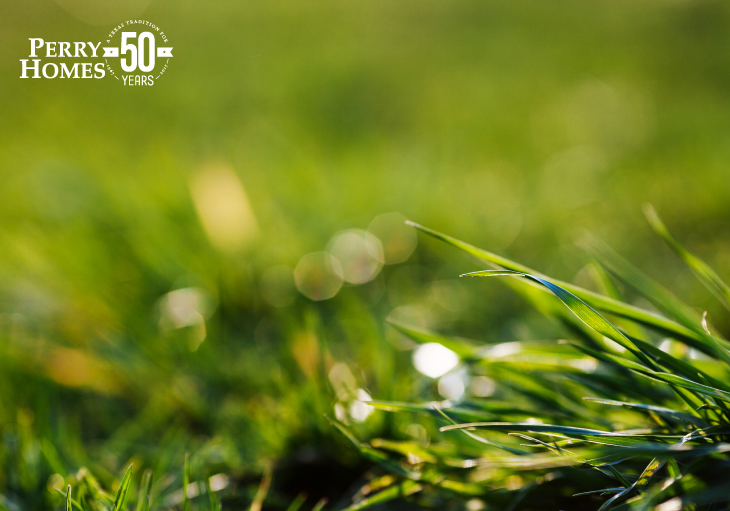
Many homeowners consider mowing the lawn to be more about aesthetics than health—no one wants a shaggy-looking lawn! But too frequent or too short mowing affects the health of your grass, exposing surface root and drying out the soil. As a rule of thumb, never cut more than one-third the length of your grass off at one time.
And while common practice is to bag and dispose of grass clippings after mowing, you might want to leave them scattered throughout the yard. These clippings are actually an excellent eco-friendly fertilizer for your lawn! They break down quickly, which means you will not have to look at a messy lawn for long, and the benefits are fantastic. Grass clippings work as a slow-releasing fertilizer, returning nitrogen and other nutrients back to the soil. This cuts out the need for store-bought fertilizers, which consist mostly of nitrogen.
Just be sure not to leave too much time between mowing sessions—if grass clippings are too long or wet, they form a thick mat that prevents natural airflow to your lawn. In general, you should mow your lawn on average once a week. Regularly mowing and maintaining a healthy grass also helps keep lawn pest populations low.
Read more: The Best Yard Treatment for Mosquitoes and Other Lawn Pests
Embrace dutch (white) clover
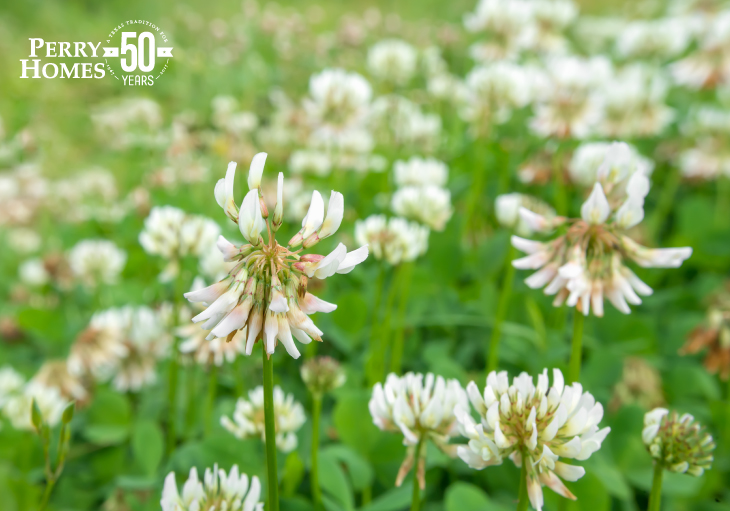
Fun fact: before chemical pesticides became household lawn care staples, most lawns consisted of both grass and dutch (also called white) clover. This beneficial plant only disappeared because modern chemical pesticides kill it, as well, despite the fact that clover is not a weed.
In fact, overseeding your lawn with clover has many natural benefits. Clover grows harmoniously with grass, but crowds out broadleaf weeds. It also converts nitrogen into natural fertilizer, making the store-bought obsolete. And its flowers are both visually appealing as well as attractive to pest-killing insects like bees and butterflies.
If clover does not grow naturally in your lawn, consider over-seeding or planting it on top of your pre-existing grass.
Invite the ladybugs
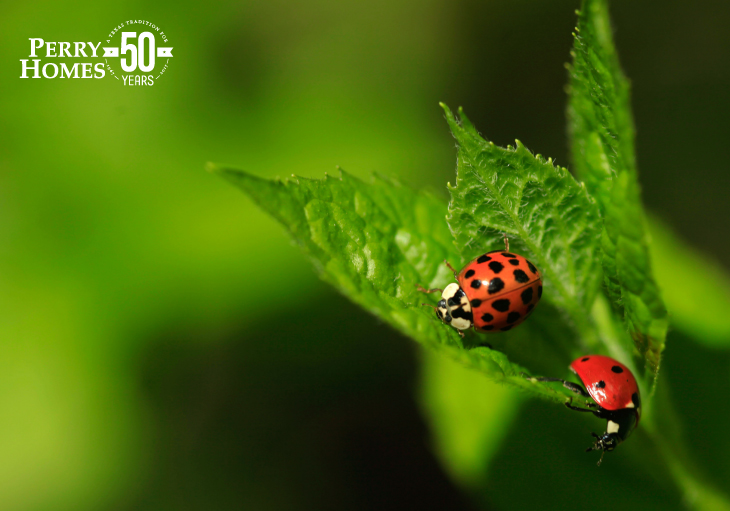
Many eco-friendly lawn enthusiasts keep pests at bay not with toxic pesticides, but with natural population control tactics, like attracting pest-killing insects to their lawn. The ladybug is perhaps one of the most popular of these insects. They are cute and even bug-phobic children love them, and they are nature’s best pesticide. They eat up to 50 aphids per day! They also enjoy insect eggs, mites, chinch bugs and more.
Keep in mind, we are talking about the nice kind of ladybugs and not their invasive relatives, the Asian ladybug. These not-as-great species, although purposefully introduced in the 1900s help protect crops, are more aggressive, especially during swarming season. You can tell the difference by looking for a white mark behind the head.
You can attract ladybugs naturally by putting ladybug nectar in an area of your lawn with lots of plants and water available. Ladybugs are also available for sale, however, if you worry you will not be able to attract them organically.
Once you purchase them, do not immediately introduce ladybugs into your yard. If you release them during the day in an energetic state, they fly right out of your lawn. Instead, put them in the refrigerator to hibernate—We promise you will not kill them!—and introduce them to your space at dusk when it is time for them to turn in and they will be lethargic from their time in the refrigerator.
If you like this blog, please share it with the green-thumbed fanatics in your life!
